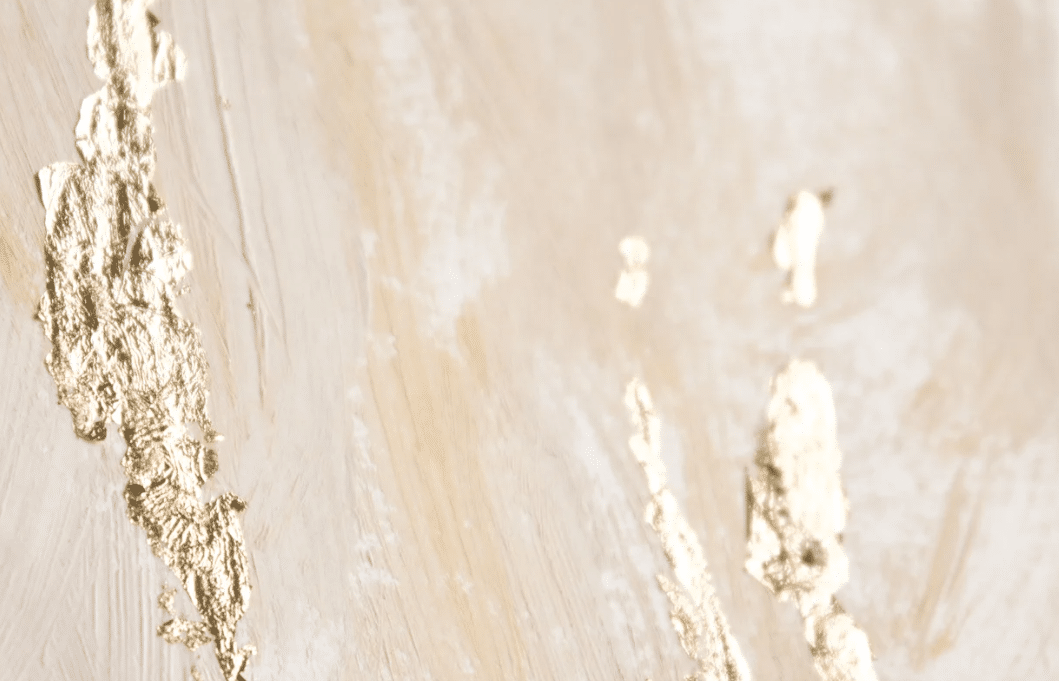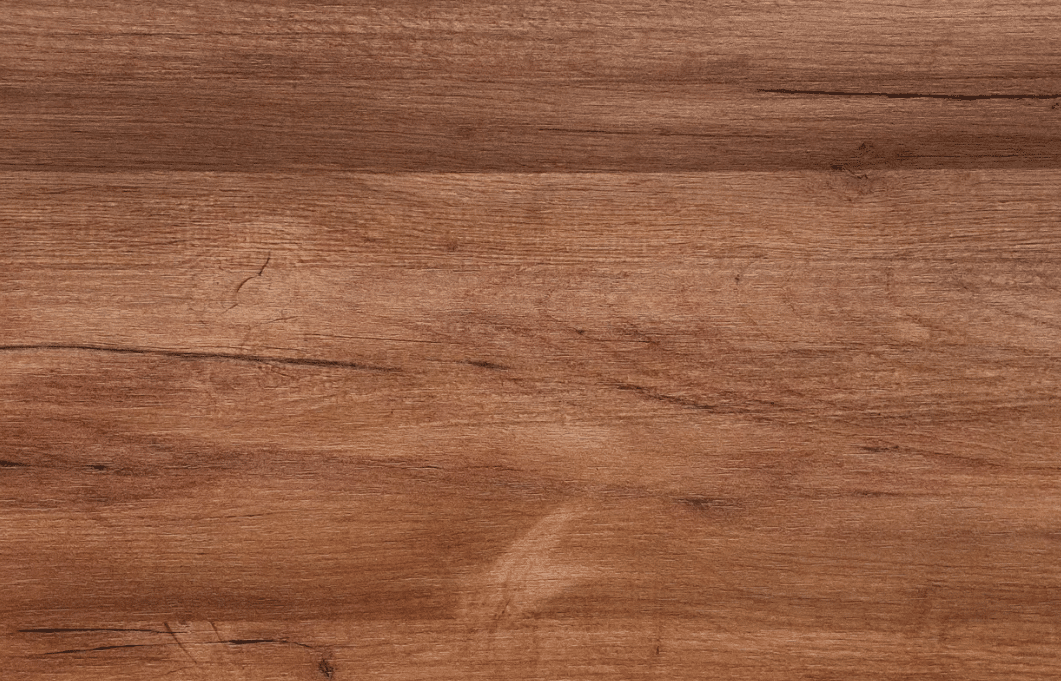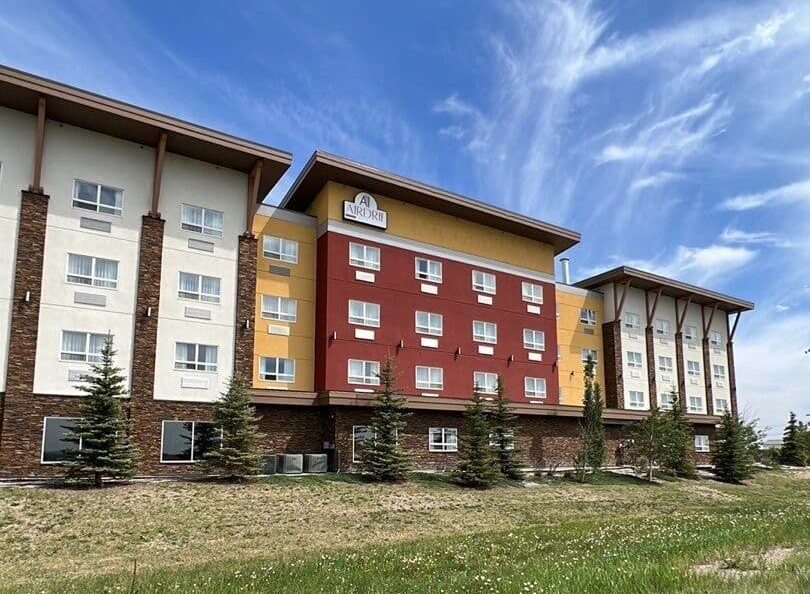Hotel lobbies and lounges set the stage. Guest impressions form in no time. They need depth. Visual interest. Authenticity. Faux finishes deliver that without the cost, weight, or disruption of real materials.
This guide dives deep: explaining methods, materials, technical specs, and maintenance protocols. Your brand image depends on it.
Why Luxury Design Really Matters
The Business Value of First Impressions
Studies show that over 70% of guests make up their minds within the first 15 seconds of entering a lobby. A bland or uninspired design creates a perception of mediocrity. High-quality finishes—like faux marble or metal textures—communicate sophistication. They elevate perceived value and reflect in guest satisfaction and reviews.
Design as Brand Differentiation
Interior design isn’t décor—it’s branding. Faux finishes give hotels a bespoke signature without risking outdated stone or wood once trends change. From urban minimalism to coastal chic, these finishes define identity and leave lasting shots in guest photo galleries.
Understanding Faux Finishes
Faux finishes replicate premium materials—stone, metal, wood, or textile—using painttech methods and surface treatments. Unlike standard paint, they rely on multiple layers of specialty coatings, glazes, plasters, and sealers to simulate textures, patterns, and depth.
Core Technical Elements
-
Substrate Preparation
Clean, level, and prime surfaces for optimal adhesion.
Defects like cracks, moisture channels, and uneven textures must be repaired before finish applications. -
Layer Structure
Base coats establish color and grip. Undercoats pre-shade textures. Finishing glazes inject visual depth. Clear sealers protect from wear and UV damage. -
Material Properties
-
Breathability: Venetian plaster is vapor-permeable; acrylic film-coats are not.
-
Fire Resistance: Many faux finishes meet ASTM E84 standards.
-
VOC Levels: Premium painttech systems meet LEED and WELL criteria.
-
High-End Faux Finish Techniques
Venetian Plaster

Venetian plaster creates depth through mineral-based lime finishes. Applied using a trowel, multiple layers are burnished into a smooth, natural stone-like surface. It typically cures for several days before polishing.
Technical specs:
-
Cure Time: 7–14 days
-
Thickness: 1–2 mm
-
VOC: < 50 g/L
-
Fire Class: A–B
Best suited for: humid zones near pools or skylights where moisture resistance and breathability are critical.
Metallic Finishes

Metallic coatings use mica particles, metallic flakes, or aluminum binders to create reflective sheen. A clear sealer or nuit’ varnish is essential to lock in luster and protect from abrasion.
Key performance indicators:
-
Gloss Level: 30–85 GU (per ASTM D523)
-
UV Stability: ΔE < 2 over 2000 hours (ASTM G154)
-
Sheen degradation < 10% over three years.
Applications: ceilings, accent walls, bar facades—especially under LED or spotlighting.
Faux Bois (Wood Grain)

Faux bois is a grain simulation technique using translucent glazes over neutral bases. Tools like faux finishing combs create linear wood patterns. Topcoats seal and add abrasion resistance.
Measured performance:
-
Durability: 100,000 double rubs (ASTM D4060)
-
Flexible film (<5 mil final thickness) resists warping.
Ideal for beams, trim, columns—spaces where timber would be structurally heavy or costly.
Faux Stone and Concrete

These finishes replicate granite, tadelakt, or travertine. They involve texture fillers, aggregates (quartz or marble dust), and layered glazes. Surface finish is often hand-troweled for variation.
Technical specs:
-
Abrasion resistance: < 50 mg wear per ASTM D4060
-
Moisture permeability: > 10 perm (ASTM E96)
-
File-grey ΔE < 3 after UV exposure.
Ideal for fireplace surrounds or statement walls, with considerably less weight and repair downtime than real stone.
Textile-Inspired Finishes

Suede or linen textures are achieved by fine micro-aggregates and soft matte coatings, often tinted or glazed.
Performance measurements:
-
Cleanability: 5000 rubs at 2000 g pressure
-
Durability: resistant to oils with ΔE < 2 after cleaning.
Applications include calm lounges and wellness zones, where subtlety and comfort meet.
Faux Finish Materials–Technical Overview
| Finish Type | Thickness (mil) | VOC (g/L) | Durability (ASTM D4060) | Moisture Perm (perm) |
|---|---|---|---|---|
| Venetian Plaster | 20–60 | < 50 | 200 mg/1000 cycles | 5–10 |
| Metallic Finish | 5–15 | 50–100 | 500 mg+/1000 cycles | < 1 |
| Faux Bois | 3–8 | 50–80 | 100,000 rubs | 1–3 |
| Faux Stone/Concrete | 8–20 | 60–120 | 50 mg/1000 cycles | > 10 |
| Textile Look | 5–10 | < 50 | 5000 rubs | 3–5 |
Application Best Practices
Surface Prep Protocol
-
Clean with trisodium phosphate (TSP) and rinse thoroughly.
-
Repair cracks using elastomeric caulks or fillers compatible with finish.
-
Prime with high-quality acrylic or lime-based products suited to substrate.
Technique Controls
-
Venetian plaster: apply 3–5 coats; burnish final coat.
-
Metallics: maintain controlled humidity (50–60%) to prevent flash drying.
-
Faux bois: grain-lines must align with architectural flow.
-
Stone textures: stagger trowel directions to avoid pattern repetition.
Equipment Requirements
-
Variable-speed sprayers for base coats.
-
Trowels, sponges, and combs for textural control.
-
Gloss meters, perm testers, and mil gauges for quality control.
Maintenance, Durability, and Value Retention
Longevity and Touch-Up
Clear finishes typically last 5–10 years in commercial spaces. Minor wear is rebuilt through spot touch-ups rather than full recoats. Periodic sealing extends longevity.
Burnishing and Re-Sealing
Venetian plaster can be lightly sanded and buffed. Metallic and textile finishes benefit from UV-stable clear coats. Use manufacturers’ maintenance systems to prevent discoloration.
Choosing the Right Finish for Your Hotel Brand
-
Upscale Urban: use metallic sheen with Venetian plaster to reflect ambient light.
-
Coastal Boutique: faux driftwood grains and troweled finishes work well.
-
Heritage Lodging: patina bronze columns and suede-accent walls can support historic aesthetics.
-
Wellness Resorts: soft linens and faux suede textured walls create calm zones.
Match finish durability to the location: high-traffic areas require robust film builds; lounge zones can favor tactile finishes.
The Importance of Skilled Contractors
Faux finishes are only as good as the artisans applying them. Contractors must demonstrate:
-
State licensure and insurance.
-
Portfolio in hospitality environments.
-
Familiarity with technical application standards.
-
Use of moisture meters, gloss meters, and perm testers for QA.
Request references and verify product warranties. Many finishes carry 5–10 year coverage when applied per spec.
Addressing Concerns with Real Data
Will it Look Fake?
Testing and mock-ups with lighting samples eliminate mismatch surprises. Professional-quality mica and glaze layers create realistic depth.
Are Faux Finishes Sustainable?
Modern products are low-VOC (< 50 g/L) or zero-VOC. Plasters use natural lime; metal finishes use inert metallic binders. Some systems are LEED and WELL rated.
Cost vs. Real Materials
Faux finishes often cost 1/3–1/2 of real material installation. Example: faux marble runs about $10–15/sq ft vs. $40–80 for stone installation. Installation time is often halved, minimizing guest disruption.
Maintaining High-End Faux Finishes
A routine semi-annual inspection should include checking for surface cracks, seal failures, or UV exposure effects. Clean with pH-neutral detergents and soft microfiber cloths. Strong solvents or abrasive pads can compromise reflective particles or degrade finish layers.
Details such as door frames, piping, or custom fixtures should have touch-up kits on-hand, labeled with exact color mixes and sheen references.
Conclusion
Faux finishes are more than decoration—they’re painted expressions of brand strategy. For the hotel lobby, they deliver luxury, cost savings, and durability. For guests, they form first impressions that define experience. For owners, they are efficient, scalable, and flexible. With detailed planning, technical execution, and smart maintenance, faux finishes become signature investments that enhance brand, drive ROI, and stand the test of time.
Looking to elevate your hotel’s lobby design—without tearing walls or breaking budgets? Contact our hospitality finish experts today. We’ll assess your space, recommend finishes aligned to your brand, and develop a phased install plan tailored to guest experience and operational continuity.

